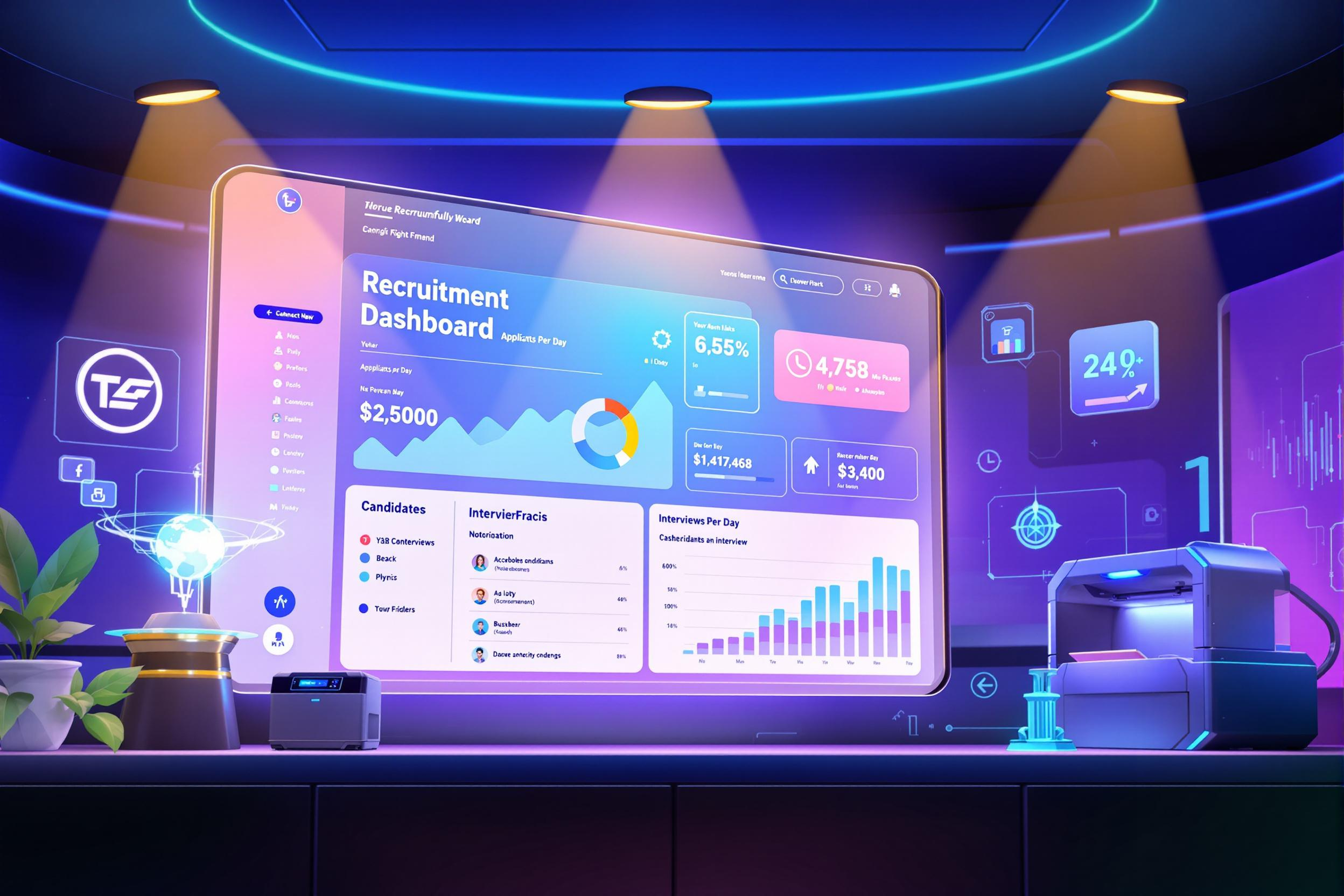
RTU
RTU (Remote Terminal Unit) is a device that helps connect industrial equipment to control systems. Think of it as a translator between machines in the field (like pumps, valves, or sensors) and the main control room. When companies mention RTU experience in job descriptions, they're looking for people who know how to set up and manage these connection points that let operators monitor and control equipment from far away. Similar terms you might see are "remote monitoring units" or "field controllers." This is a key component in industrial automation and SCADA (Supervisory Control and Data Acquisition) systems.
Examples in Resumes
Configured and maintained RTU systems for water treatment plant monitoring
Programmed Remote Terminal Unit connections between field devices and control center
Led upgrade project replacing legacy RTUs with modern communication systems
Typical job title: "RTU Engineers"
Also try searching for:
Where to Find RTU Engineers
Professional Organizations
Online Forums
Job Resources
Example Interview Questions
Senior Level Questions
Q: How would you approach modernizing a facility's outdated RTU system?
Expected Answer: A strong answer should cover assessing current system limitations, planning for minimal downtime, ensuring backward compatibility where needed, and managing the transition process while maintaining operations.
Q: How do you ensure reliability and cybersecurity in RTU implementations?
Expected Answer: Look for discussion of redundancy systems, security protocols, data validation, and industry best practices for protecting industrial control systems.
Mid Level Questions
Q: What factors do you consider when selecting an RTU for a specific application?
Expected Answer: Should mention environmental conditions, communication requirements, number of inputs/outputs needed, protocol compatibility, and maintenance considerations.
Q: Explain how you would troubleshoot communication issues between an RTU and control system.
Expected Answer: Should describe a systematic approach to identifying whether the problem is with the RTU, network, or control system, and basic diagnostic steps.
Junior Level Questions
Q: What is the basic function of an RTU in a control system?
Expected Answer: Should explain that RTUs collect data from field devices and send it to control systems, and can also receive commands to control equipment.
Q: What are common types of signals that RTUs handle?
Expected Answer: Should be able to explain basic concepts like digital inputs/outputs and analog signals in simple terms.
Experience Level Indicators
Junior (0-2 years)
- Basic RTU configuration
- Understanding of control system basics
- Basic troubleshooting
- Familiarity with industrial safety practices
Mid (2-5 years)
- RTU programming and integration
- Network communication protocols
- System documentation
- Field device integration
Senior (5+ years)
- System architecture design
- Project management
- Advanced troubleshooting
- Team leadership and training
Red Flags to Watch For
- No hands-on experience with industrial control systems
- Lack of understanding about industrial safety protocols
- No knowledge of common communication protocols
- Poor understanding of electrical safety principles
Need more hiring wisdom? Check these out...

A Beginner's Guide to Implementing an Applicant Tracking System

Navigating Compliance: Structuring On-the-Job Training in Regulated Industries

Unlock Hidden Talent: How Internal Rotation Programs Spark Career Exploration and Boost Retention

